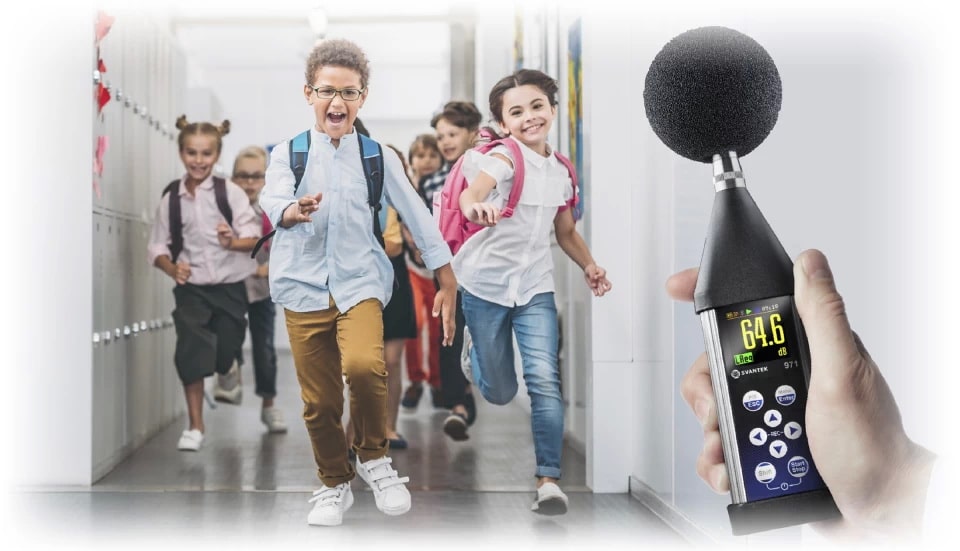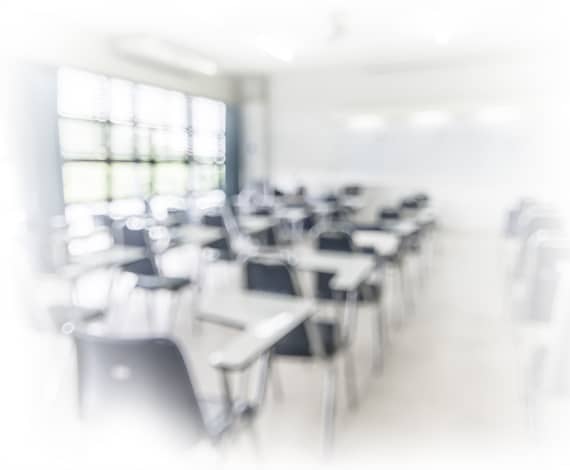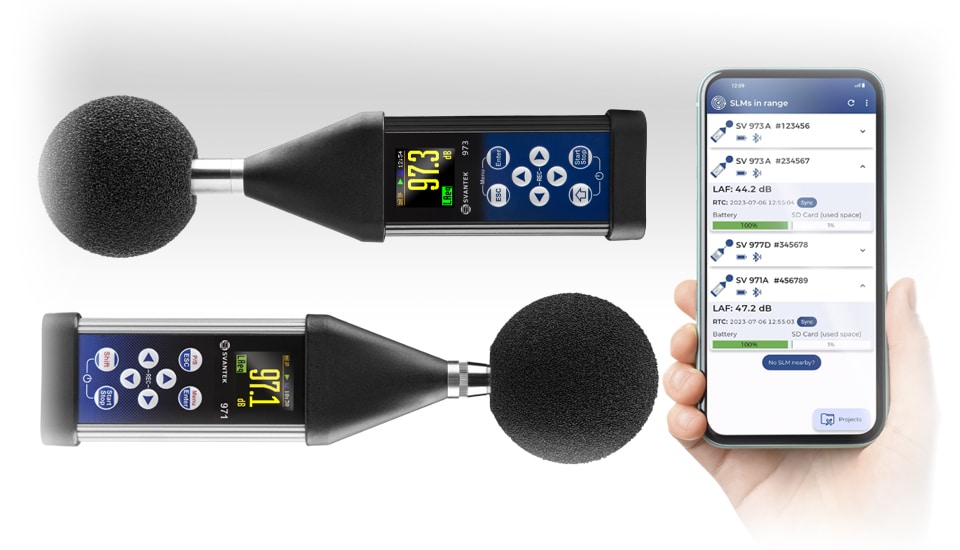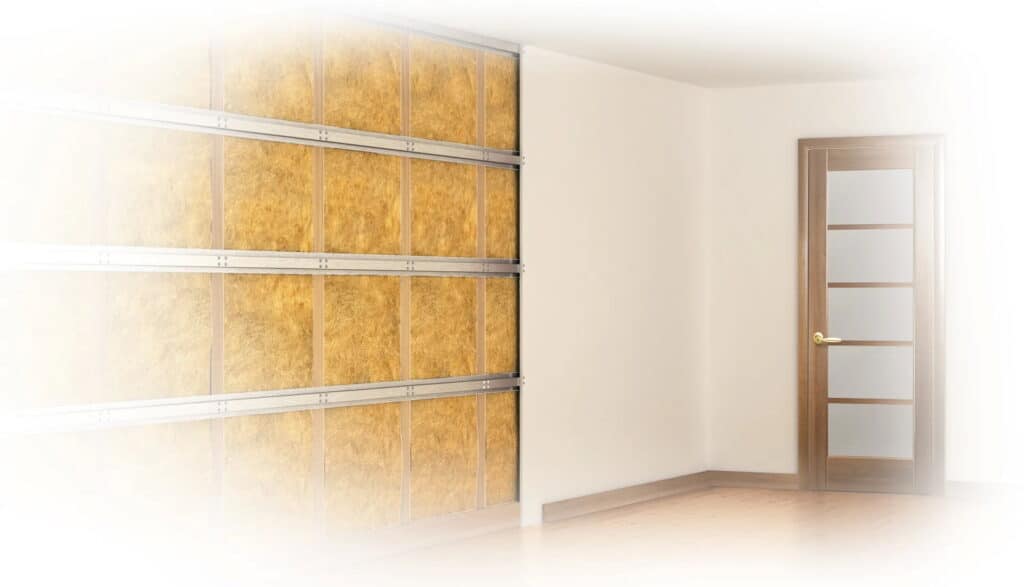The effects of noise in schools primarily encompass cognitive disruptions, physical health concerns, emotional disturbances, communication barriers, and a compromised overall learning environment.
Excessive or chronic noise in educational settings can lead to diminished attention spans and learning difficulties, with students struggling to concentrate, comprehend, and retain information. Physically, prolonged exposure to high noise levels might not only cause hearing issues but can also induce stress, fatigue, and other physiological changes. Emotionally, such an environment can spur feelings of anxiety, irritability, and reduced motivation to engage in academic activities. One of the notable challenges is hampered communication, where both students and teachers face difficulties in conveying and understanding messages, often leading to misunderstandings. Additionally, the overall atmosphere of the school or classroom becomes less conducive to productive learning, with teachers straining their voices and students potentially engaging in negative peer interactions. Addressing noise pollution in schools is vital for a holistic educational experience.





